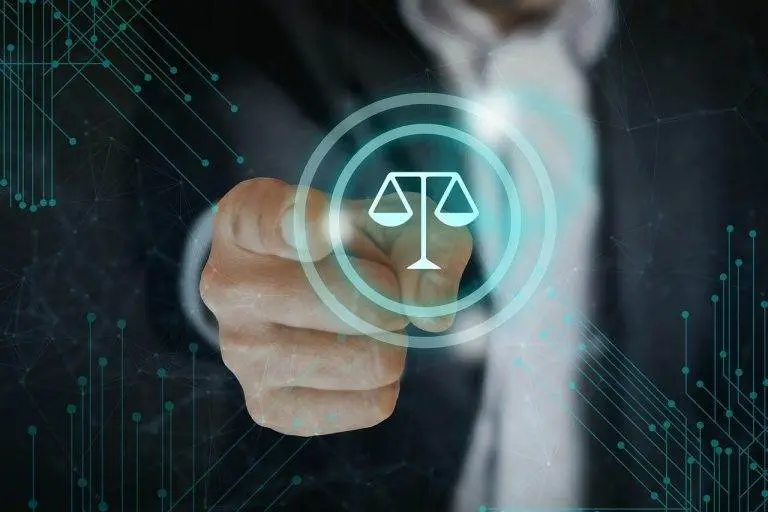Liquidation in South Africa is a formal process where a company closes its doors, and its assets are used to settle debts. Whether the liquidation is voluntary or compulsory, understanding how assets are handled is vital for directors, shareholders, and creditors. This article explores the business liquidation process in South Africa, focusing on how company assets are treated during liquidation.
Who owns the assets in Liquidation?
In both voluntary liquidation and forced liquidation, all assets registered in the company’s name are part of the liquidation process. Personal assets of directors and shareholders are excluded and remain unaffected. Additionally, financed assets, such as leased equipment or rented property, are not considered company-owned and do not form part of the liquidation.
The 6-Month Rule
A critical aspect of the company liquidation process in South Africa is the six-month rule. This rule prevents directors from selling company assets within six months prior to the start of the liquidation. This ensures that assets remain available to creditors during the liquidation process.
Types of Assets in Liquidation
Company assets are divided into two main categories: immovable assets and movable assets.
Immovable Assets
Immovable assets include properties such as houses, flats, farms, plots, townhouses, and commercial buildings. During the liquidation process, the liquidator takes control of these properties. They may be sold through an auction or a private sale, depending on what yields the best return for creditors.
Movable Assets
Movable assets encompass items like machinery, vehicles, office equipment, and tools. Only assets owned by the company, not assets owned by the directors.
The treatment of movable assets depends on their ownership status:
- Fully Paid Movable Assets: These are owned by the company and are sold by the liquidator to generate funds for creditors. The assets are valued at auction prices, which may differ from their depreciated book value. Directors or third parties may purchase these assets during or after the liquidation.
- Financed Movable Assets: Items under lease, rental, or hire agreements are not company property. The liquidator returns these assets to the financing company unless they have already been repossessed.
- Rented or Leased Assets: Similar to financed assets, items under hire or rental agreements are excluded from the liquidation process. The agreements are terminated, and the assets are returned to the suppliers.
• Debtors
Outstanding debts owed to the company (debtors) are another crucial aspect of liquidation. The liquidator has the authority to collect these debts. However, if pursuing them proves too costly or impractical, the liquidator may opt to write them off.
What Happens After Liquidation?
Liquidation in South Africa is a structured process that ensures the equitable distribution of a company’s assets. Whether you are considering voluntary liquidation or need advice on handling the business liquidation process, understanding how assets are treated is crucial. If you need expert guidance, reach out to our seasoned liquidation lawyer for professional liquidation services tailored to your needs.
This article highlights key aspects of liquidation to ensure you make informed decisions during this complex process.
Conclusion
As we stated earlier, the liquidator will take control of the assets as soon as possible after his appointment. He will sell the assets and the proceeds will be paid to creditors.




